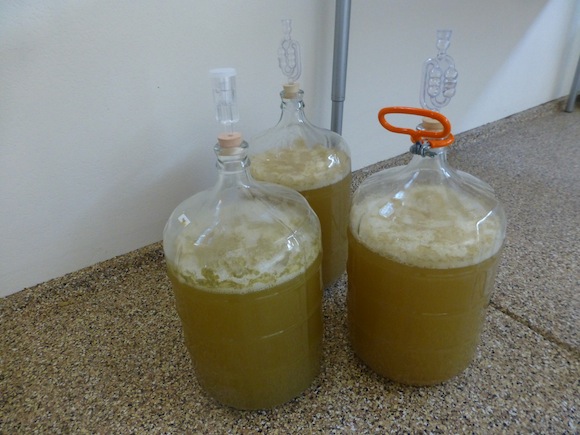I have been reading a lot lately on the timing of malolactic fermentation for wines. Just so you know what I talking about…alcohol fermentation is when the yeast convert the sugar to alcohol and malolactic fermentation is when bacteria convert the harsher malic acid to softer lactic acid. Prior to having commercially available bacteria in 1996, the malolactic process happened on its own. Sometime after alcohol fermentation finished the wine still fizzed and bubbled for weeks, and in many time continued until the spring when the wine warmed up. When that stopped the wine was ready to sulfur. In order to control the process better, many wineries now introduce malolactic bacteria, then question is when…
Malolactic bacteria grow well when the pH is above 3.2 (the higher the better), when the temperature is above 55F and when the alcohol level is low. This would indicate to introduce the bacteria right after the alcohol fermentation has started. In addition, most people report a fruitier wine with co-fermentation. However, In some cases this will cause the primary fermentation to stall. The really big benefit is that the process completes very early and you can protect your wine with sulfur just a few weeks after primary fermentation has completed.
If you wait until after alcohol fermentation the temperature has dropped and the alcohol is at its peak, so the malolactic process will take around 30 days longer or more. In addition, for Pinot Noir, if you co-ferment you will probably lose color. But, sequential fermentation seems to produce a more structured, powerful wine, whereas co-fermentation may “round” things off to much.
So, what to do with my set up since I put the wine in a cool place after fermentation? Given my pH is high, I want good color for my Pinot, and I don’t want a stuck fermentation…I’m going with the sequential process. I just have to monitor the process closely and leave it on its lees for added protection before I sulfur.
